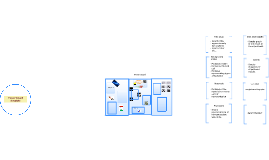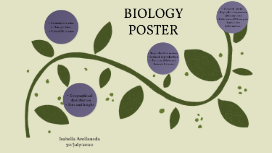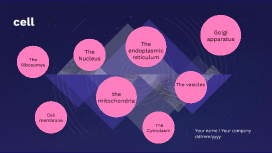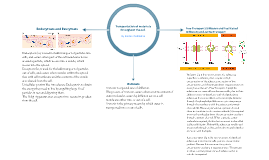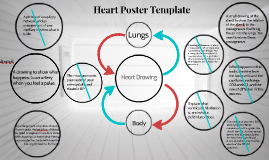Biology poster
Transcript: Transportation of materials throughout the cell. Endocytosis and Exocytosis Endocytosis (a), is used for bulk transport of particles into cells, and occurs when part of the cell membrane forms around a particle, which moves into a vesicle, which moves into the cytosol. Exocytosis (b), is used for the bulk transport of particles out of cells, and occurs when vesicles within the cytosol fuse with cell membrane and the contents of the vesicle are released from the cell. Unicellular protists like Amoeba use Endocytosis to obtain the energy they need to live by engulfing large 'food' particles in sacs and digesting them. The Golgi Apparatus uses exocytosis to secrete its product from the cell. Diffusion (a), is the net movement of a substance, typically in a solution, from a region of high concentration of the substance to a region of low concentration, and this process doesn't require energy to occur, hence the term 'Free Transport'. Lipophilic substances can cross cell membranes readily, due to their ability to mix in or dissolve in with the lipids. Some substances that are unable to carry out simple diffusion through the phospholipid bilayer can gain free passage through the membrane with the assistance of protein channels (b). However, sometimes a protein channel alone isn't sufficient and a carrier molecule (c) is required to move the molecules down the concentration gradient through a protein channel. When a specific carrier molecule is required, the kind of movement is also called facilitated diffusion. Hydrophilic substances would need to use methods such as this, as they do not easily dissolve or mix in with the lipids. Active transport (d), is the net movement of dissolved substances into or out of cells against a concentration gradient. Because this movement is against a concentration gradient, it requires energy. The process involves a carrier protein for each substance that is actively transported. by Martin Chadderton Free Transport (Diffusion and Facilitated Diffusion) and Active Transport Osmosis is a special case of diffusion. The process of Osmosis occurs when a net movement of water molecules occurs by diffusion across a cell membrane either into or out of a cell. Osmosis is the primary means by which water is transported into or out of cells. Osmosis






